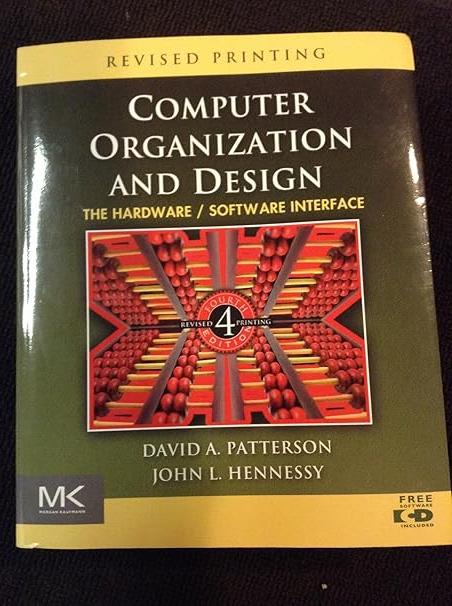Calculate A (B + C) by hand, assuming A, B, and C are stored in the
Question:
Calculate A × (B + C) by hand, assuming A, B, and C are stored in the modified 16-bit NVIDIA format described in 3.11.2 (and also described in the text). Assume 1 guard, 1 round bit, and 1 sticky bit, and round to the nearest even. Show all the steps, and write your answer in both the 16-bit floating point format and in decimal.
Problem 3.11.2
NVIDIA has a “half” format, which is similar to IEEE 754 except that it is only 16 bits wide. The leftmost bit is still the sign bit, the exponent is 5 bits wide and stored in excess-56 format, and the mantissa is 10 bits long. A hidden 1 is assumed. Write down the bit pattern assuming a modified version of this format, which uses an excess-16 format to store the exponent. Comment on how the range and accuracy of this 16-bit floating point format compares to the single precision IEEE 754 standard.
The Associative law is not the only one that does not always hold in dealing with floating point numbers. There are other oddities that occur as well. The following table shows sets of decimal numbers.
Step by Step Answer:

Computer Organization And Design The Hardware Software Interface
ISBN: 9780123747501
4th Revised Edition
Authors: David A. Patterson, John L. Hennessy





